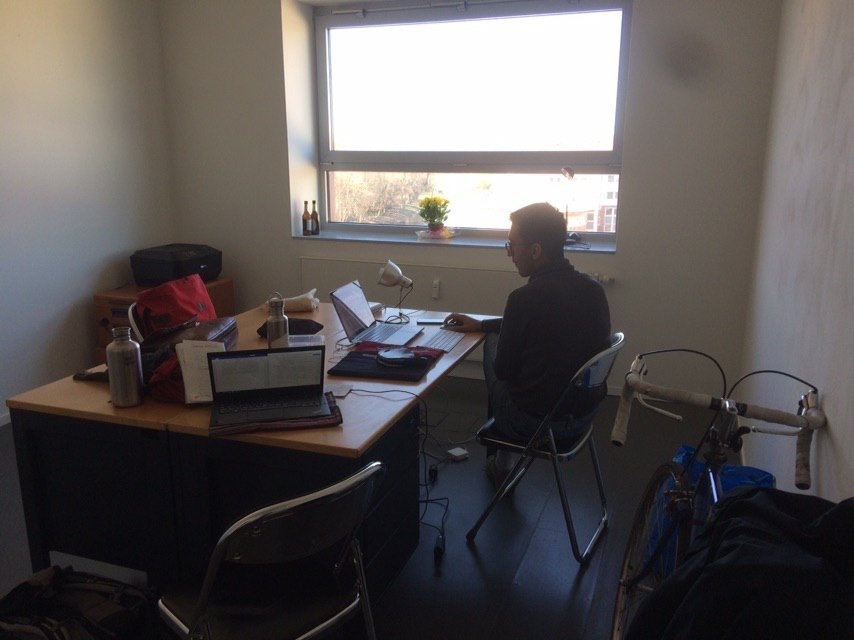
Adsata Eyetracking for the web
Adsata: is webcam-based eyetracking data mature enough to give reliable insights?
the process of capturing the gaze location within a display,
Eye tracking
extensively used in usability studies, psychology, human-computer interaction, and marketing.
The Problem w/ Modern Eyetrackers
1. The setup and operation of modern eye trackers is time-consuming
2. A specialist is needed to calibrate them and be present throughout the experiment
3. This leads to highly-controlled user studies with artificial tasks and only a small number of participants
4. In addition, their steep price, which rises to tens of thousands of dollars/euros, restricts their use to only a small number of labs that can afford them




The Solution...
democratize eye tracking by using common webcams already present in laptops and desktops.
1. These contributions make eye tracking accessible to everyday users, researchers, and developers.
2. Traditional eye tracking studies that are confined to labs can now
be performed remotely and at scale.
3. Subjects can participate in studies in their everyday environments
which can yield a more naturalistic behavior and lead to more powerful insights.
4. Make eye tracking affordable.Visual interaction w/ the screen

Figure 2: Gaze points are spatially and temporally aggregated into fixations (20-50 pxls). Fixations are connected by saccades and have a certain duration represented by the radius. A temporal order of fixations is a gaze, however, only if the fixations are within an AOI. An AOI is a region of specific interest on the stimulus. A saccade from one AOI to the next is called a transition. A complete sequence of fixations and saccades is called a scanpath.
(Blascheck, T. et al., 2014)
What data do you get?
Qualitative
Quantitative
Statistical analysis of AOI mainly provides quantitative results:
- what percentage of participants see the stim;
- for how long;
- in what order;
- how do the participants interact visually.
2. AOI based visualisation techniques:
- Timeline AOI Visualisations
- Relational AOI Visualisations
Visualisation techniques allow analysation at different levels and aspects of the recorded eye tracking data in an explorative and qualitative way.
1) Point-Based Visualisation Techniques
- Timeline Visualisations
- Attention maps
- Scanpath Visualisations
- Space-Time Visualisation
The Workflow

Who can use our data?
Marketers
Agencies
Market Researchers
Designers
UX & Product
Scientific Researchers
-
Improve engagement & conversion -
Get the complete picture -
Save thousands on A/B tests
-
Improve client acquisition with valuable data -
Create designs users love -
Increase ROI
-
Run quick and effective experiments and media tests -
Qualitative/Quantitative analysis -
Get real-time results
-
Optimise designs faster -
Create designs users love -
Prove your design
-
Measure users’ interaction -
Optimise designs faster -
Release features users love
-
Scale your research
-
No need for lab set-up
-
Virtually unlimited participants
Adsata's Story




Exeriment Results...

Adsata--Data driven visual marketing
By taimurhk
Adsata--Data driven visual marketing
07.05.2020
- 149



